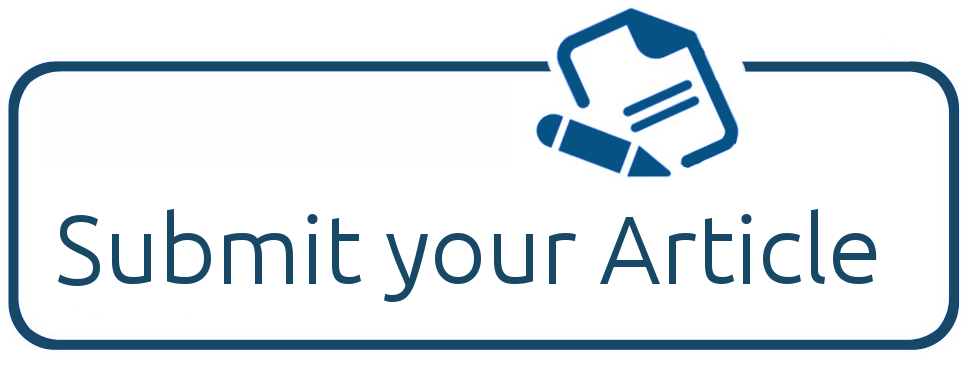Altman Z-Score dan Grover G-Score Dalam Analisis Kebangkrutan PT. Sepatu Bata Tbk Periode Tahun 2014 - 2020
DOI:
https://doi.org/10.55098/jba.v1.i1.p19-26Keywords:
Bankruptcy, Altman Z-Score, Grover G-ScoreAbstract
During the COVID-19 pandemic in Indonesia, PT. Sepatu Bata Tbk recorded a net loss in 2020 of IDR 177,761,030,000 down 858% from the previous year. The company’s financial statements reflect the company’s performance. If there is a continuous decline in profits, it is possible that the company will go bankrupt. The purpose of this study was to predict the risk of corporate bankruptcy at PT. Sepatu Bata, Tbk so that companies can anticipate, prevent and reduce the risk of bankruptcy. This study uses the Altman Z-Score and Grover G-Score methods as a company bankruptcy tool analysis with indicators for the company’s financial statements for the period of 2014 to 2020. Based on the results of the analysis using the Altman and Grover Methods, in 2020 PT. Sepatu Bata Tbk is estimated to go bankrupt with a Z-Score 0f 0,000 < 1,080 and a G-Score of -0,669 ≤ -0,02
References
Agustya Lisdayanti, S. I. Z. & W. A. (2013). Analisis Potensi Kebangkrutan Bank yang Terdaftar di BEI Tahun 2012 dengan Menggunakan Model Altman Z-Score. Proceeding PESAT (Psikologi, Ekonomi, Sastra, Arsitektur & Teknik Sipil), 5, 414–420.
Batista Sufa Kefi, M. T. & S. (2020). Analisis Return Saham Sebelum dan Selama Pandemi Covid-19: Studi Terhadap Indeks Harga Saham Gabungan dan LQ 45 di Bursa Efek Indonesia. Jurnal Ekonomi Manajemen Dan Akuntansi, 27(49).
Diakomihalis, M. N. (2012). The Accuracy of Altman’s Models in Predicting Hotel Bankruptcy. International Journal of Accounting and Financial Reporting, 2(2), 96. https://doi.org/10.5296/ijafr.v2i2.2367
Dito Aditia Darma Nasution, E. & I. M. (2020). Dampak Pandemi Covid-19 Terhadap Perekonomian Indonesia. Jurnal Beneita, 5(2), 212–224. https://doi.org/10.36423/jumper.v2i2.665
Edward I. Altman. (1968). Financial Rations, Discriminant Analysis and the Predicting of Corporate Bankcuptcy. The Journal of Finance, XXIII(4), 589–609. Retrieved from https://www.semanticscholar.org/paper/FINANCIAL-RATIOS%2C-DISCRIMINANT-ANALYSIS-AND-THE-OF-Altman/a193120975be25b4ba2764e6d7bf9dc01588aafb
Korry S. T. I Komang, Dewi P. Made, N. P. A. N. L. (2019). Analysis Method of Altman Z Score Modifications to Predict Financial Distress on the Company Go Public Sub Sector of The Automotive and Components. Buletin Studi Ekonomi, 24(2), 191–200.
Mastuti, F., Saifi, M., & Azizah, D. F. (2012). Altman z-score sebagai salah satu metode dalam menganalisis estimasi kebangkrutan perusahaan. Jurnal Administrasi Bisnis (JAB), 6(1), 1–10. Retrieved from http://administrasibisnis.studentjournal.ub.ac.id/index.php/jab/article/viewFile/268/461
Parquinda, L. &. (2019). Analisis Penggunaan Model Grover (G-Score), Fulmer (H-Score), Springate (S-Score), Zmijewski (X-Score) dan Altman (Z-Score) Sebagai Prediktor Kebangkrutan: Studi pada Perusahaan Tekstil dan Garmen yang Listing di Bursa Efek Indonesia (BEI) Periode 2015-20. Jurnal Administrasi Bisnis, 72(1).
PT. Sepatu Bata Tbk. (2020). Laporan Tahunan Annual Report. 1–154.
Ranatunga Janek. (2021). Certivied Business Valuer. Australia: CMA Institude, Inspire Consulting dan Academy of Financial & Management Australia.
Sandari, R. E. O. & T. E. (2018). Analisis Kebangkrutan Perusahaan Dengan Metode Z-Score Altman pada 10 (Sepuluh) Perusahaan Property dan Real Estate yang terdaftar di BEI. Jurnal Ekonomi Akuntansi, 3(1), 39–46.
Sari, R. R., Lau, E. A., & Heriyanto. (2020). Analisis Potensi Kebangkrutan pada PT. Sepatu Bata Tbk. Jurnal Ekonomika, 9(2), 1–5.
Weston, J. F dan Thomas E, C. (1986). Managerial Finance (9th ed.). Jakarta: Binarupa Aksara.

Downloads
Published
How to Cite
Issue
Section
License
Copyright (c) 2022 Joselina Tuhuteru

This work is licensed under a Creative Commons Attribution 4.0 International License.
Journal of Business Application is an Open Access Journal. The authors who publish the manuscript in Journal of Business Application agree to the following terms:
Journal of Business Application is licensed under a Creative Commons Attribution 4.0 International. This permits anyone to copy, redistribute, remix, transmit and adapt the work provided the original work and source is appropriately cited.
This means:
(1) Under the CC-BY license, authors retain ownership of the copyright for their article, but authors grant others permission to use the content of publications in Journal of Business Application in whole or in part provided that the original work is properly cited. Users (redistributors) of Journal of Business Application are required to cite the original source, including the author's names, Journal of Business Application as the initial source of publication, year of publication, volume number, issue, and Digital Object Identifier (DOI); (2) Authors grant Journal of Business Application the right of first publication. Although authors remain the copyright owner











